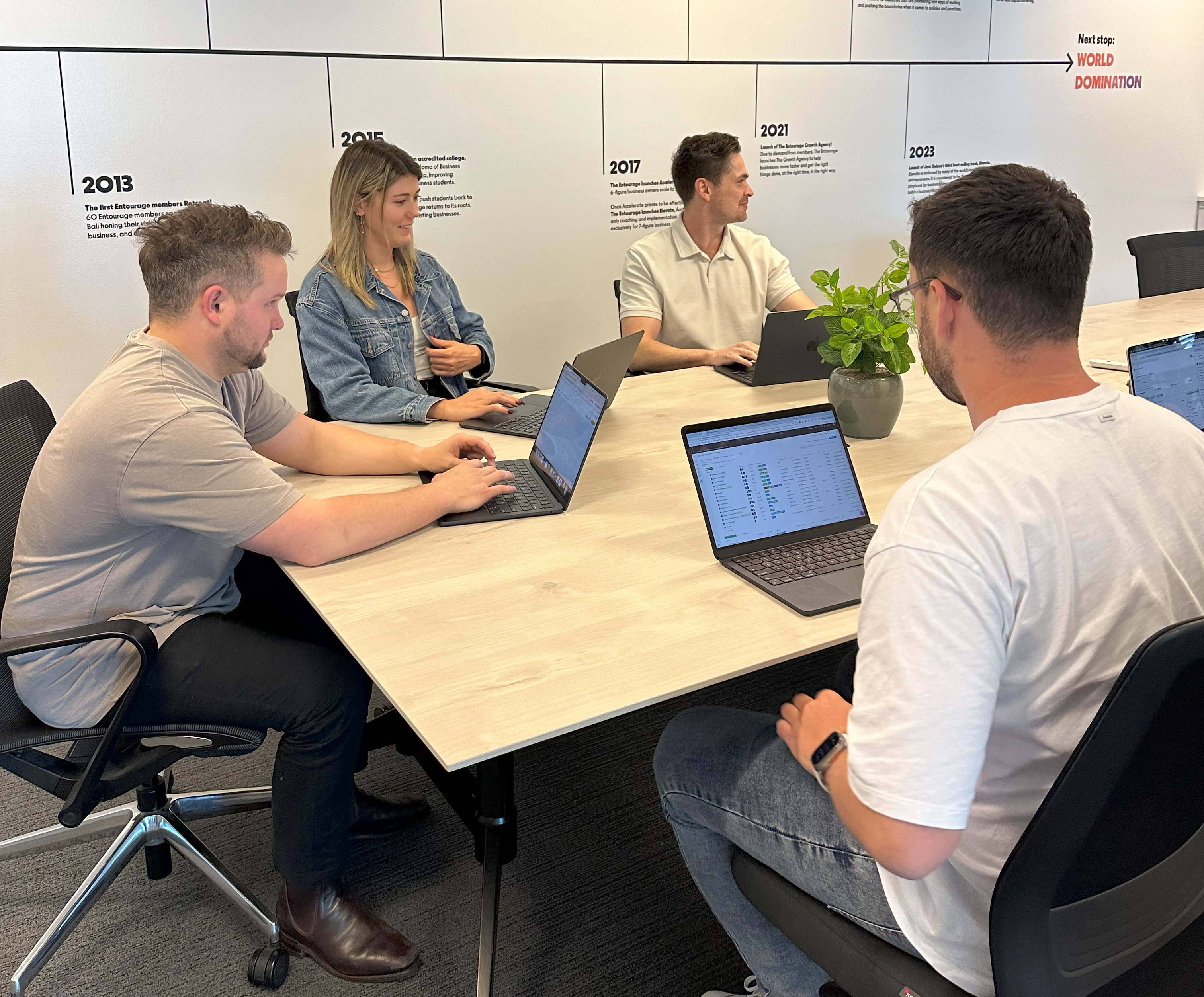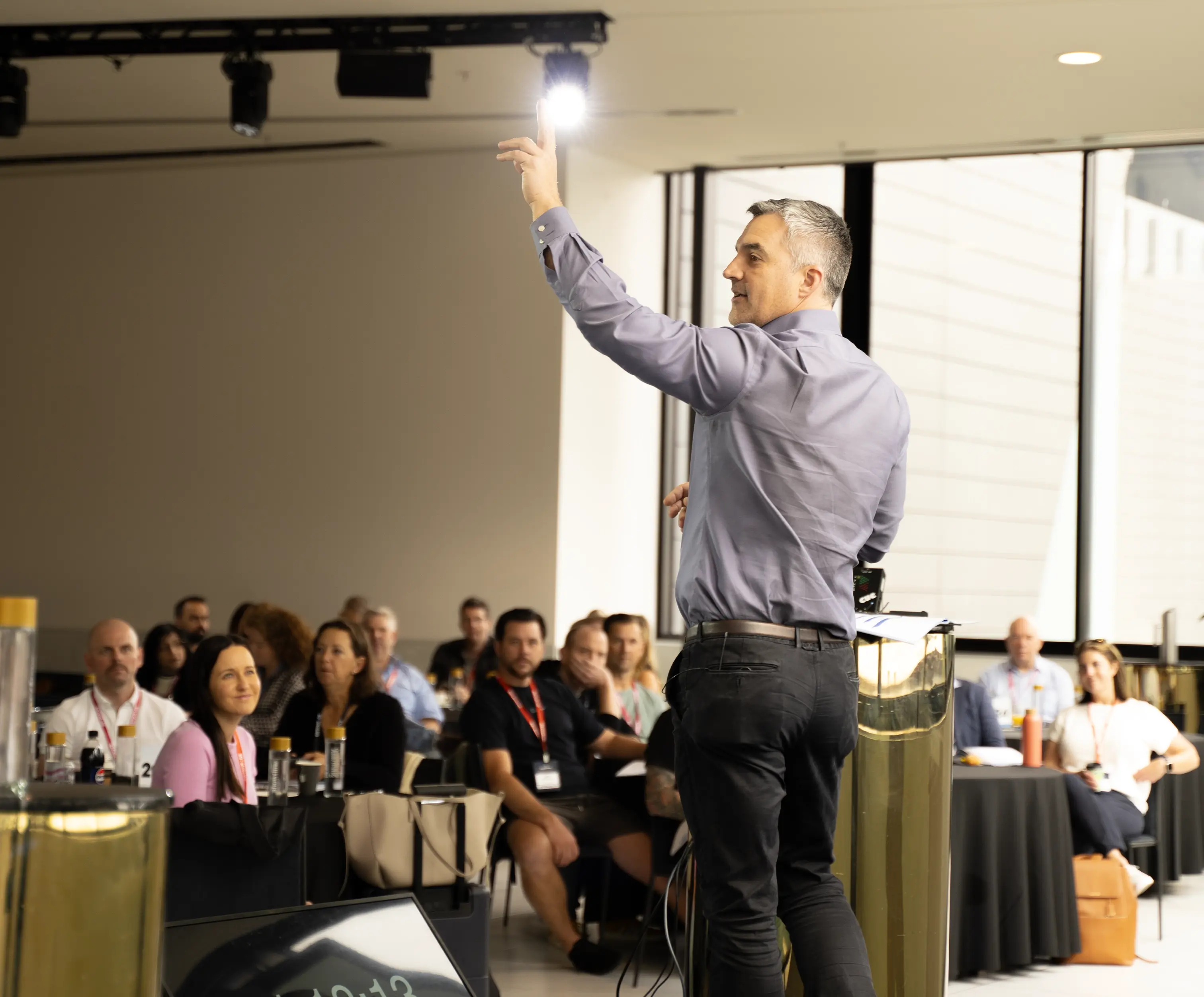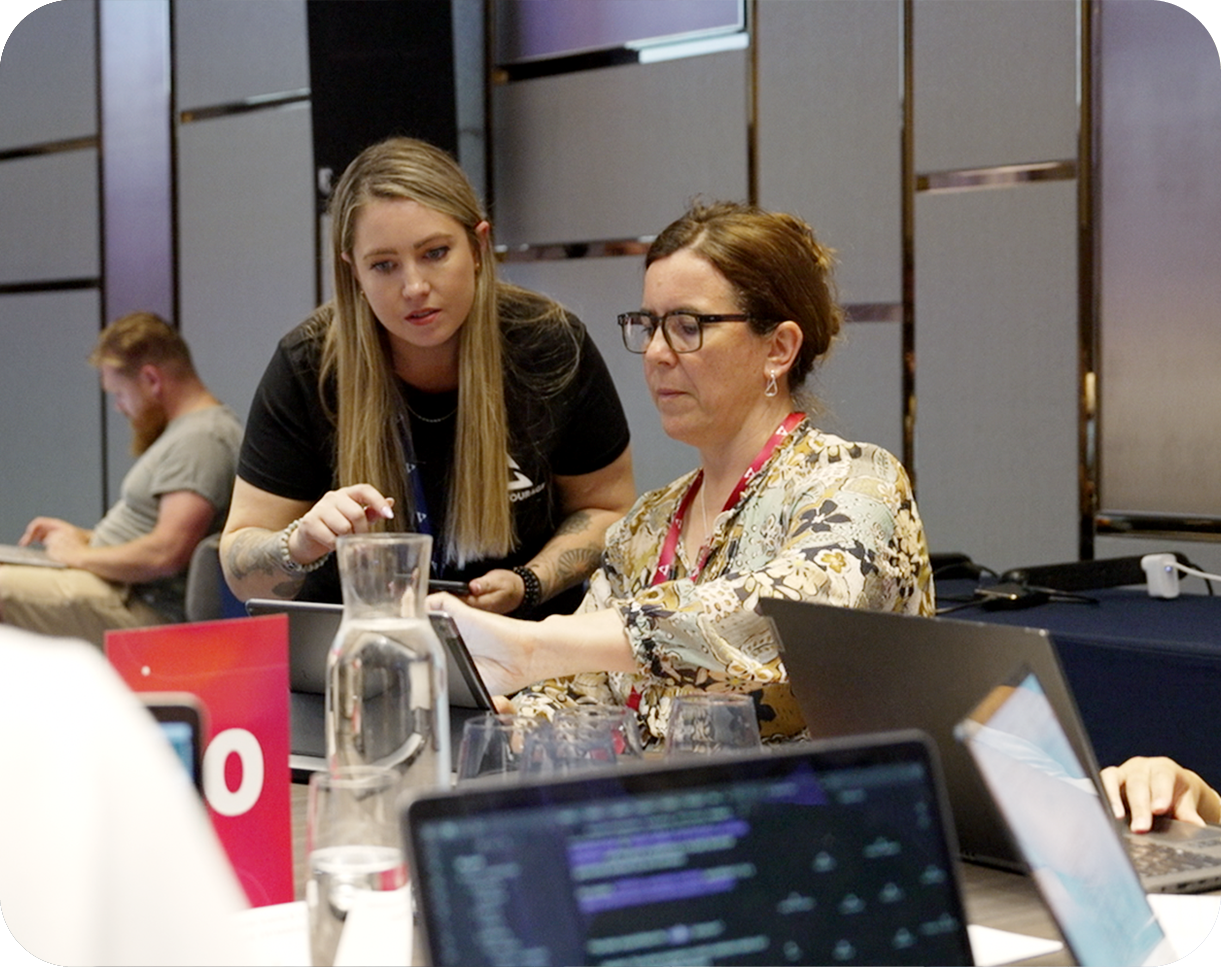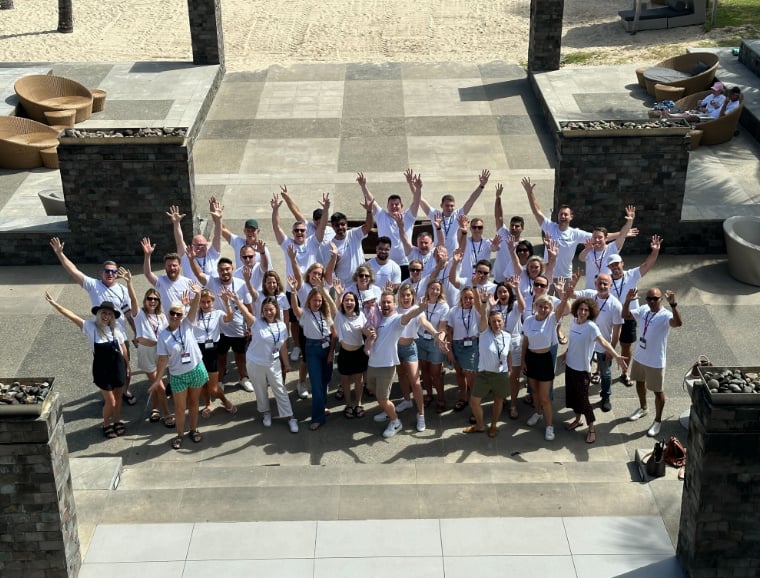In today’s tech-driven workplace, most employees spend hours glued to their computer screens. This increased screen time can have significant implications for an employee’s health and productivity. As such, ensuring optimal screen protection should be a priority for any office environment. From minimizing glare and reflections to filtering out harmful blue light, implementing effective screen protection measures enhances visual comfort and plays a crucial role in boosting productivity.
The Impact of Glare and Reflections
Glare and reflections from laptop or desktop screens can be distracting and are known to contribute to user discomfort, fatigue, and reduced focus. The intensity of light bouncing off surfaces can create a stark contrast that strains the eyes.
Studies show that glare can even lead to headaches and blurred vision, costing businesses both in productivity and employee well-being. Installing anti-glare screen filters can mitigate this issue, allowing for a smoother visual experience that enables employees to maintain concentration on their tasks without frequent interruptions.
The Role of Blue Light
Prolonged exposure to blue light has been linked to various health concerns, including disrupted sleep patterns and digital eye strain. Many workers are unaware that the devices they consider important to their daily tasks emit higher levels of blue light than they realize. Research indicates that nearly 60% of office workers experience symptoms related to excessive blue light exposure.
Incorporating protective measures can significantly reduce discomfort and enhance the working environment. Using blue light glasses can help filter harmful rays and minimize strain during long hours in front of a computer. Maintaining regular screen breaks and proper lighting can further support eye health, boosting both comfort and productivity throughout the day.
Enhancing Visual Ergonomics
Beyond screening glare and blue light, optimizing visual ergonomics is really important for creating a workspace conducive to long hours of productivity. Ergonomics refers to the design of work environments to maximize comfort and efficiency. This includes the screen's position, brightness settings, and the use of screen filters.
Proper screen placement, at eye level and at an arm's length, can drastically reduce eye strain, allowing employees to work more effectively. Simple adjustments can transform an uncomfortable setup into one that fosters sustained attention and reduces distractions.
Health Benefits
Implementing effective screen protection is not merely about immediate comfort. It is an investment in the long-term health of employees. Persistent digital eye strain can lead to more serious issues, such as chronic headaches, blurred vision, and general fatigue.
By providing tools like anti-reflective coatings, blue light filters, and ergonomic office furniture, employers can cultivate a healthier workforce. Healthier employees tend to be happier, which correlates with increased productivity and better job satisfaction. Encouraging regular eye exams helps detect early signs of strain or vision changes, allowing employees to address potential problems before they worsen.
Investment in Employee Well-Being
From a business perspective, investing in screen protection technology pays dividends in the long run. Companies that prioritize their employees' well-being experience lower absenteeism and improved retention rates. While the upfront costs of implementing these measures can seem substantial, studies continually show that the return on investment leads to improved performance.
By facilitating an environment that minimizes health risks associated with screen time, organizations foster an atmosphere where employees can thrive. Prioritizing preventive measures enhances productivity and reinforces a culture of care and long-term sustainability within the workplace.
Training and Awareness
A vital ingredient in the successful implementation of screen protection strategies is ensuring staff are well-informed about the tools available to them. Employers should consider providing training sessions or resources that educate employees about the significance of using screen protectors and adjusting their workspace ergonomically.
Encouraging employees to use resources such as anti-glare shields can create a culture of awareness surrounding eye health. Cultivating this positive habit can yield impressive results in productivity and workplace morale.
Engagement and Adaptability
As technology continues to evolve rapidly, organizations need to remain adaptable to new developments related to screen health and protection. Engaging employees in discussions about their needs and challenges can provide valuable insights into optimizing workspace design.
Feedback can guide companies in adopting new technologies that enhance employee experiences. Developing a culture of adaptability keeps organizations ahead of safety and productivity standards and demonstrates a commitment to employee welfare.
Screen protection serves as a vital component of workplace productivity. With the challenges posed by glare, blue light exposure, and visual ergonomics, it becomes evident that companies must address these issues head-on. By investing in protective measures and fostering an awareness of the importance of eye health, organizations equip their employees for success. A proactive approach to screen protection can translate into substantial improvements in focus, job satisfaction, and office efficiency.
Related Categories
Ryan Terrey
As Director of Marketing at The Entourage, Ryan Terrey is primarily focused on driving growth for companies through lead generation strategies. With a strong background in SEO/SEM, PPC and CRO from working in Sympli and InfoTrack, Ryan not only helps The Entourage brand grow and reach our target audience through campaigns that are creative, insightful and analytically driven, but also that of our 6, 7 and 8 figure members' audiences too.





